Interviewed with Tom and Dennis Bateman for TrekCore.com
Michael Piller was both a writer and later an Executive Producer on Star Trek: The Next Generation, penning some of the most memorable episodes including the Season 3 cliffhanger “The Best of Both Worlds“.
Michael died in 2005 leaving a wife and two children. At the recent “Best of Both Worlds” cinematic event in Los Angeles, we had the pleasure of talking to Michael’s widow, Sandra Piller, after the screening and spoke to her a little about her memories of Michael and her plans to attempt to publish his manuscript “Fade In: The Writing of Star Trek Insurrection.”
![]()
TrekCore: What would Michael have thought about tonight?
Sandra Piller: You know, he was very shy. He was the last one to take credit. He’d be blushing, I’d have to tell you right now. He’d be proud, of course; he was very proud of it. It was a lot of fun, first of all, to see it on the big screen like that, in a real theater, was amazing. To see the people’s reactions was really fun. You know, a lot of the people in the audience were people that worked on the show too, so there were a lot of little inside things that people got. It was fun; it was fun to watch everybody.
TrekCore: Many people regard the third season of Star Trek: The Next Generation as the year that the show really hit its stride, with some of the very best episodes. Many people have pointed to the influence that Michael Piller had when he joined the staff. Do you remember him talking to you about his experience writing these two episodes?
Sandra Piller: I remember that it was a cliffhanger for the end of the season and he had – as they said in the story – he had no idea what was coming next at the end of the season for the next season! But he kept saying, “Somebody should do a bumper sticker saying THE BORG IS COMING, because all summer, people will be freaking out! What’s the Borg, what’s the Borg?” He loved it; he loved anticipating what he was going to write next.
TrekCore: Sandra, you contributed heavily to the tribute to Michael Piller on the Season Three Blu-rays that are coming up. How did it feel going back to thinking about Michael working on Next Generation?
Sandra Piller: It brings up a lot of early mornings… hearing him at work. You know, he was a very early bird and he’d be up at five or four in the morning typing away, and he loved it. He loved the stress of it, you know. It was stress, but it was a good stress. It energized him.
TrekCore: And the writers kind of looked at him, I think, as a father, along with Jeri Taylor as their mother figure, which is what we were talking about earlier.
Sandra Piller: Right!
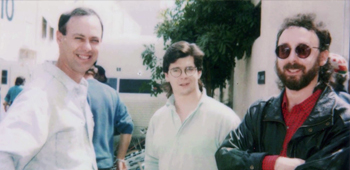
Michael Piller with Ron Moore and Ira Steven Behr during production of the
third season of The Next Generation.
TrekCore: So, these guys must be almost your extended family in that sense, that they were kind of Michael’s work family.
Sandra Piller: They were the work family, and we did go to a few ball games together and things at times, so it was fun. It was a big family. But, you know, families grow up and move on, and we’ve sort of lost touch with each other over the years, but at the time, yeah!
TrekCore: Are you still actively involved with Michael’s legacy? Do you represent Michael at Star Trek conventions?
Sandra Piller: Yeah, I’ve just started because I’m getting – he wrote a book about the making of the movie Insurrection.
TrekCore: Insurrection, yes! A very famous bootleg book which no one wants to be published! Tell us about that.
Sandra Piller: Well, I’m working on getting it published now, so… I know it’s out there on the Internet, but I was hoping to make some bound copies and make them sort of special. It was about when he wrote the movie Star Trek: Insurrection, and there’s a lot about the writing of it, you know, and the dilemmas he had. He and Rick Berman did have a lot of writing, and a lot of re-writing, and just a lot of the things that came up; new pages, you know…
TrekCore: I know that some of the writers who worked with Michael on Next Generation read the manuscript, and reacted with surprise on hearing his innermost thoughts about the writing process that he didn’t seem to communicate to them as vividly as he did in the book. It’s a very honest truthful book in that sense, of his deepest, most inner-most thoughts.
Sandra Piller: Going through the process of getting it published, you have to have people read it, and people want to make changes, and edit it, and I’m thinking, “Oh no, we can’t do that! We can’t change a word!” Because as I’m reading it, I’m hearing Michael’s voice.
TrekCore: It’s very personal in that respect.
Sandra Piller: It is! I understand that they might want to make changes, because when you do a rewrite on a script, then you have the new pages, so in reading it, it might seem like, “Oh, it’s a repeat, it’s a repeat with just a few changes,” but that’s the process of writing a script. So he really wanted it to be instructional which, you know, I think it is. I’ve asked a couple of people that have read it online “What do you think?” Should I have it edited?” and they say “No, leave it like it is! Don’t touch a thing!”
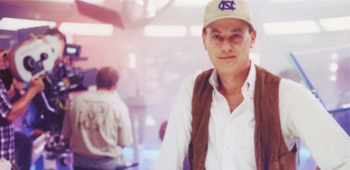
Piller considered his book “Fade In” to be his last great gift
to Star Trek fans and to aspiring writers everywhere.
TrekCore: I confess to being one of those who have read it online, and I love it as it is. I would hate for you to change any of that – or be forced to change that – because it’s so brutally honest in parts, but that’s the beauty of it, because it’s his raw feeling. It’s not censored; it’s not covered by Paramount’s publicity machine or anything like that. It’s Michael; it’s his thoughts of the whole Star Trek universe and what it meant to him.
Sandra Piller: Right, right. Well, when he first got the go-ahead from the studio to write the book, and he got it signed-off with all the actors and everyone… when he finally turned it in, he was shocked! They said, “We can’t let the public know what we do here, what goes on behind the scenes!” So I’m hoping that everybody’s evolved and grown a little bit, and they’re ready for it. As I said, it’s on the Internet, but I’m hoping I can add some special things to it and make it…
TrekCore: I think a few special touches would make it even more special. I would certainly pick up a copy.
Sandra Piller: Oh, great! Well, so, we’re working on it.
TrekCore: Fingers crossed!
Sandra Piller: You’ll be the first to know.
TrekCore: I must say, Sandra – someone sent in some recordings to the site, some audio recordings, of a script-breaking session where a writer calls up Paramount, he breaks a script, and then he visits them. There’s meeting with this writer, Jeri, and Michael in a room together. You get to hear Michael in his most contemplative and thoughtful mode, that he’s in as a writer, saying, “No, this can’t happen because we did THIS before.”, and he was very keen on steering this character into this direction.
He has things so crystal clear in his head when he’s talking; an almost incomprehensible grasp of what’s going on in this television series. He comes across as a very methodical, thoughtful man in that sense. Is that how he was to you personally?
Sandra Piller: Oh, yes. Absolutely. Very thoughtful, very caring… thinking ahead of the consequences, what can happen; he was good at that.
TrekCore: Thank you so much for sharing that. Thank you.
Sandra Piller: Well, thank you.
![]()
Let us know your thoughts on “Fade In: The Writing of Star Trek Insurrection” and Michael Piller’s legacy in the comments section below. You can order “The Best of Both Worlds” on Blu-ray using the links below.
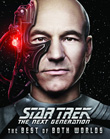 | Order TNG - "The Best of Both Worlds" Feature Blu-Ray today! | 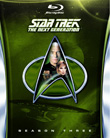 | Order Star Trek: The Next Generation Season 3 Blu-Ray today! |
|---|


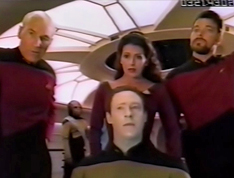
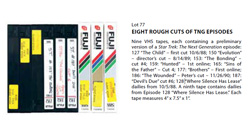
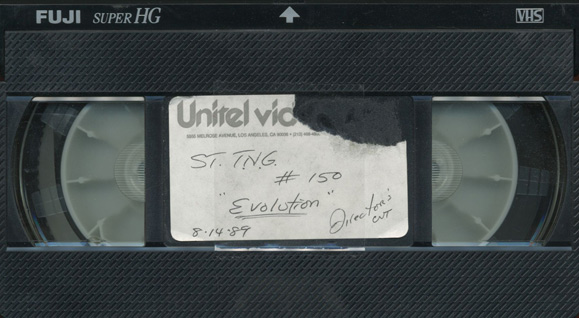
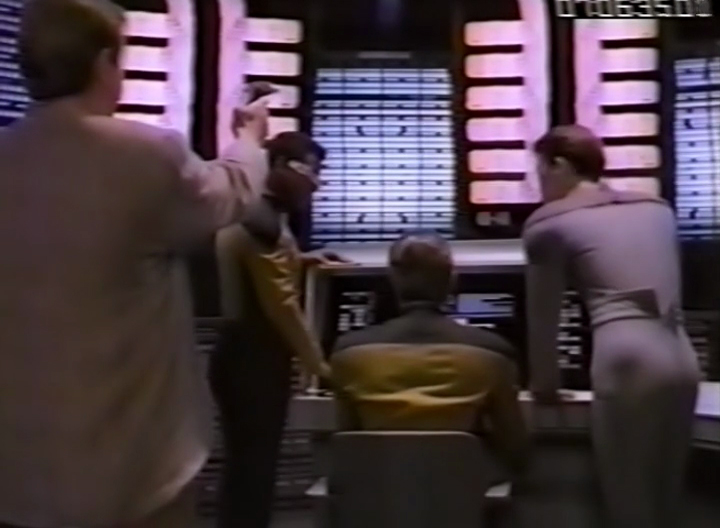
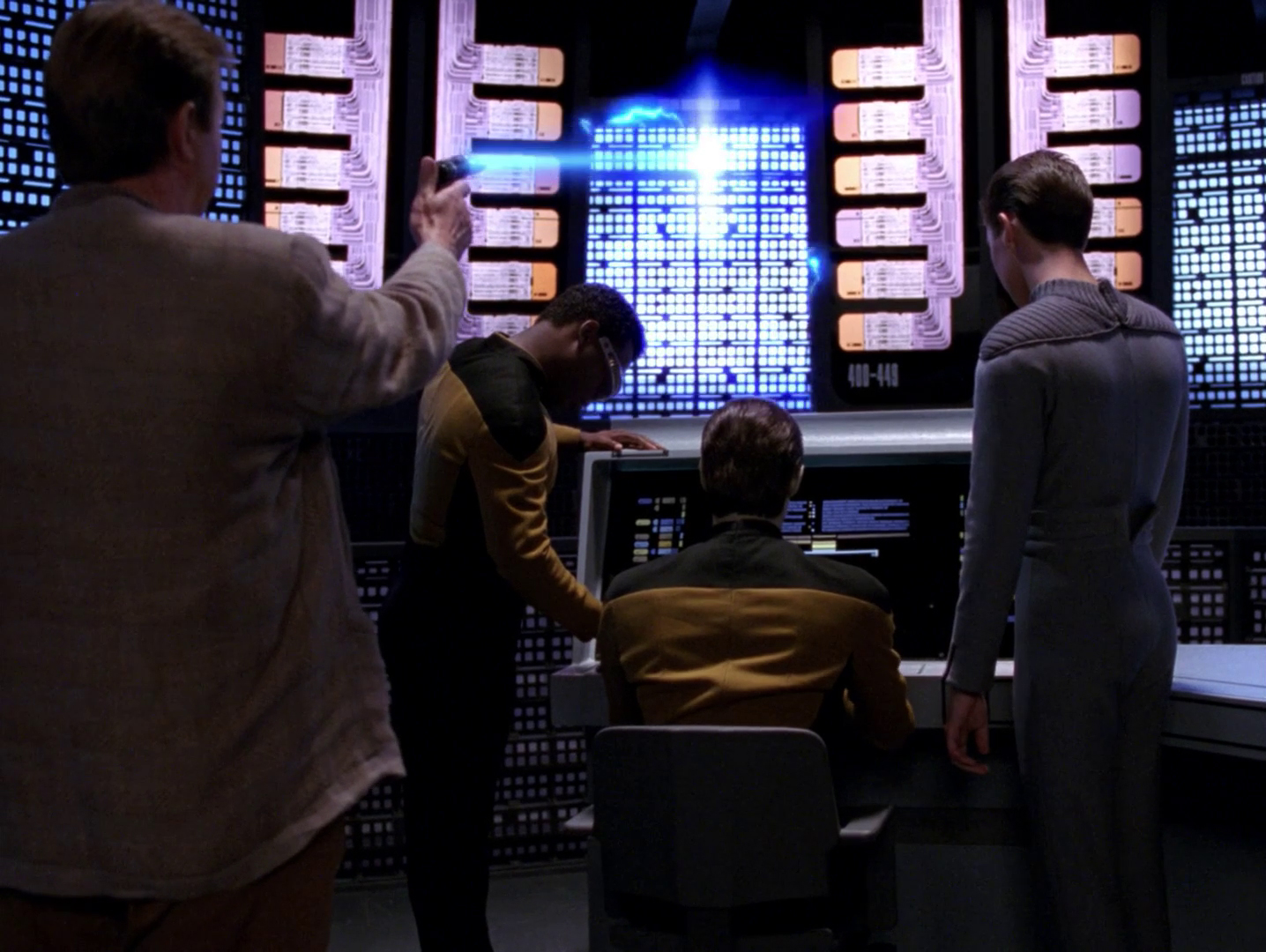
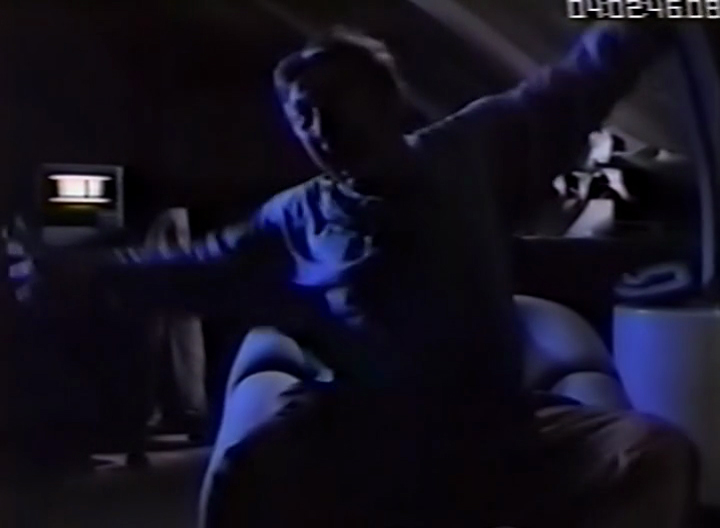
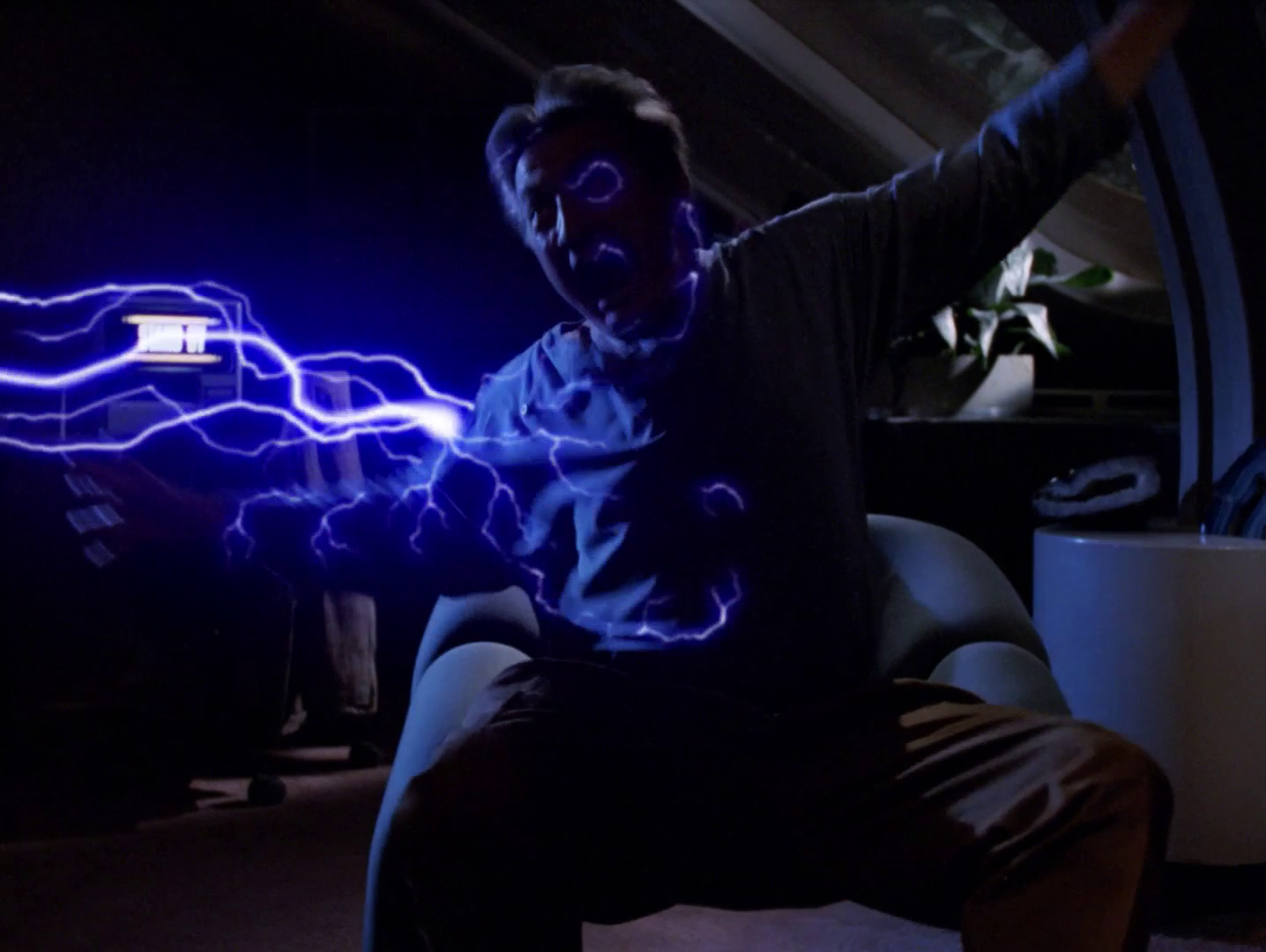
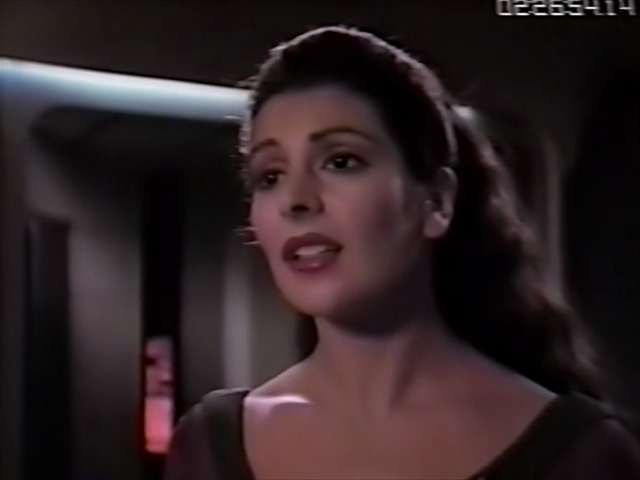
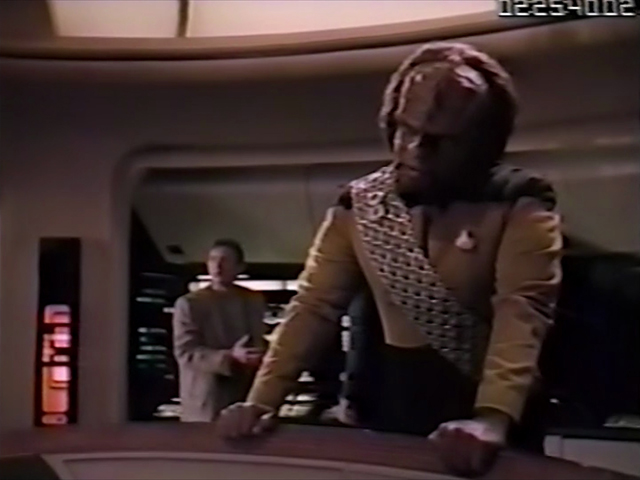
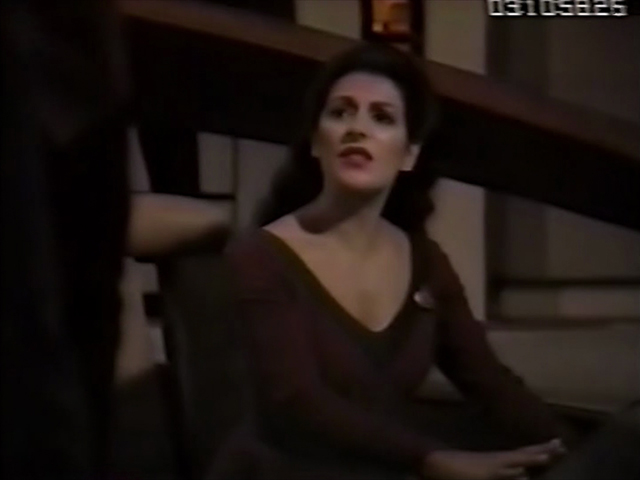
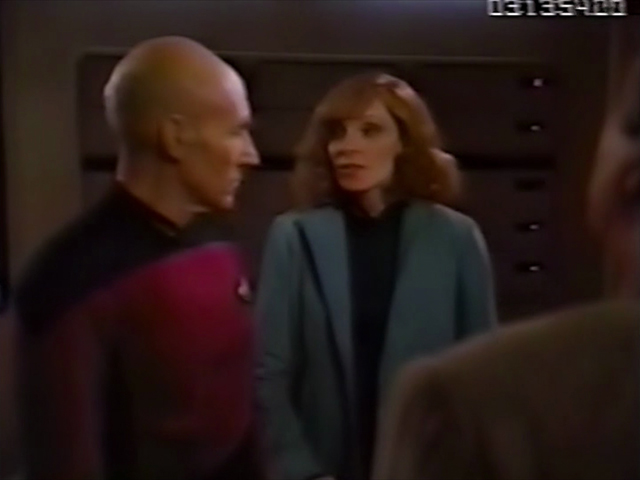
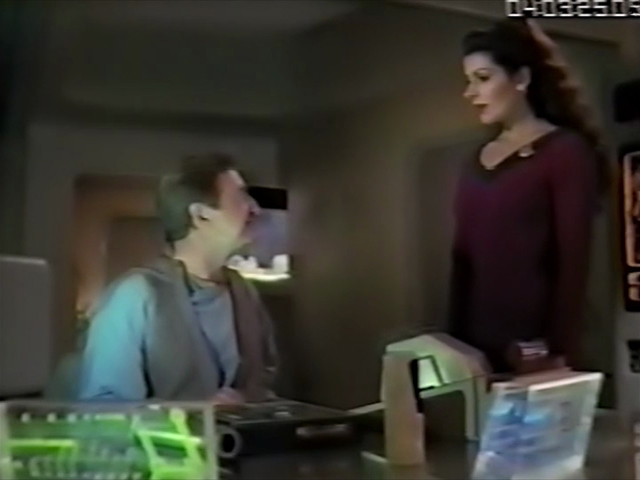
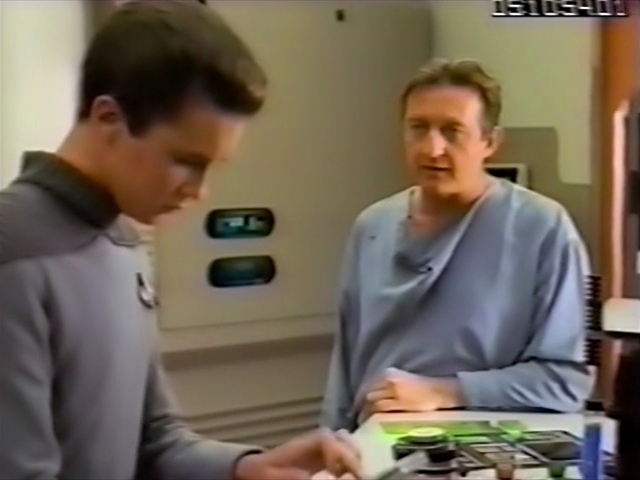
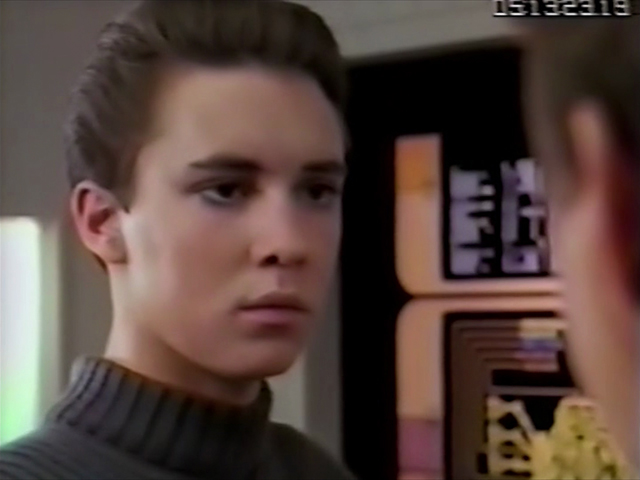
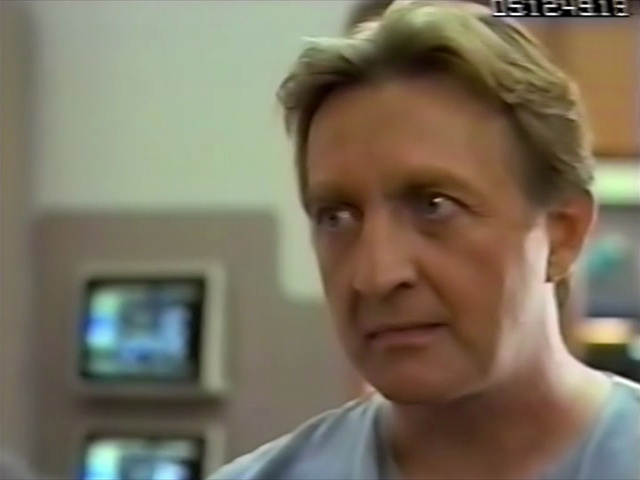
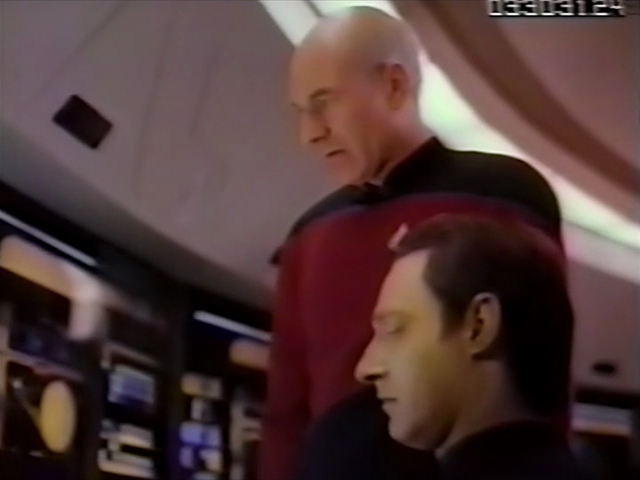
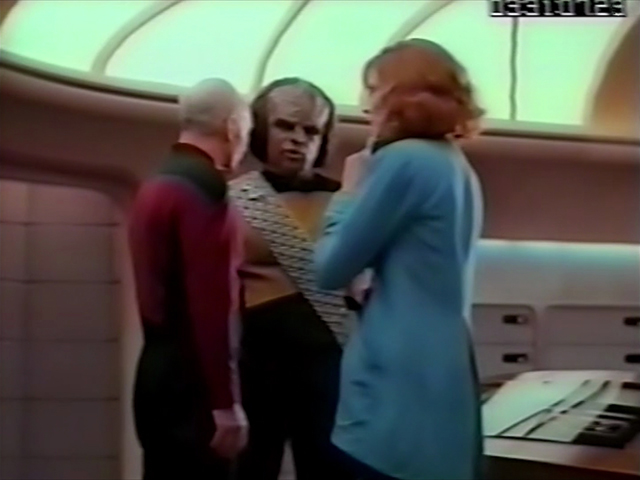
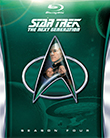
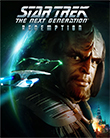
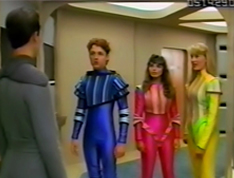
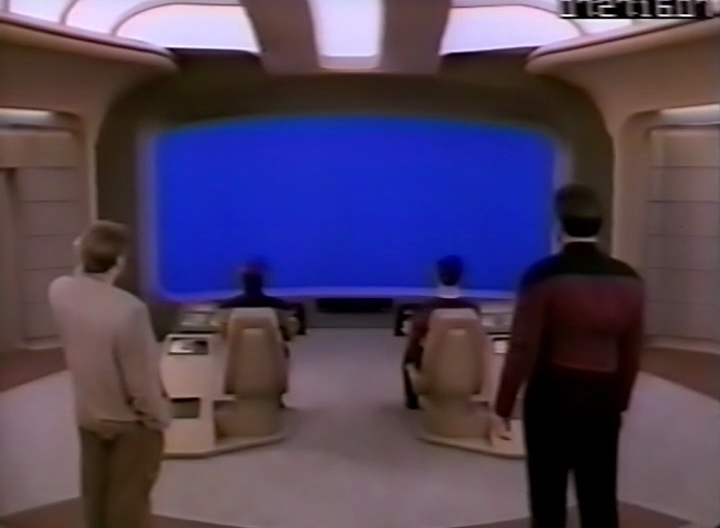
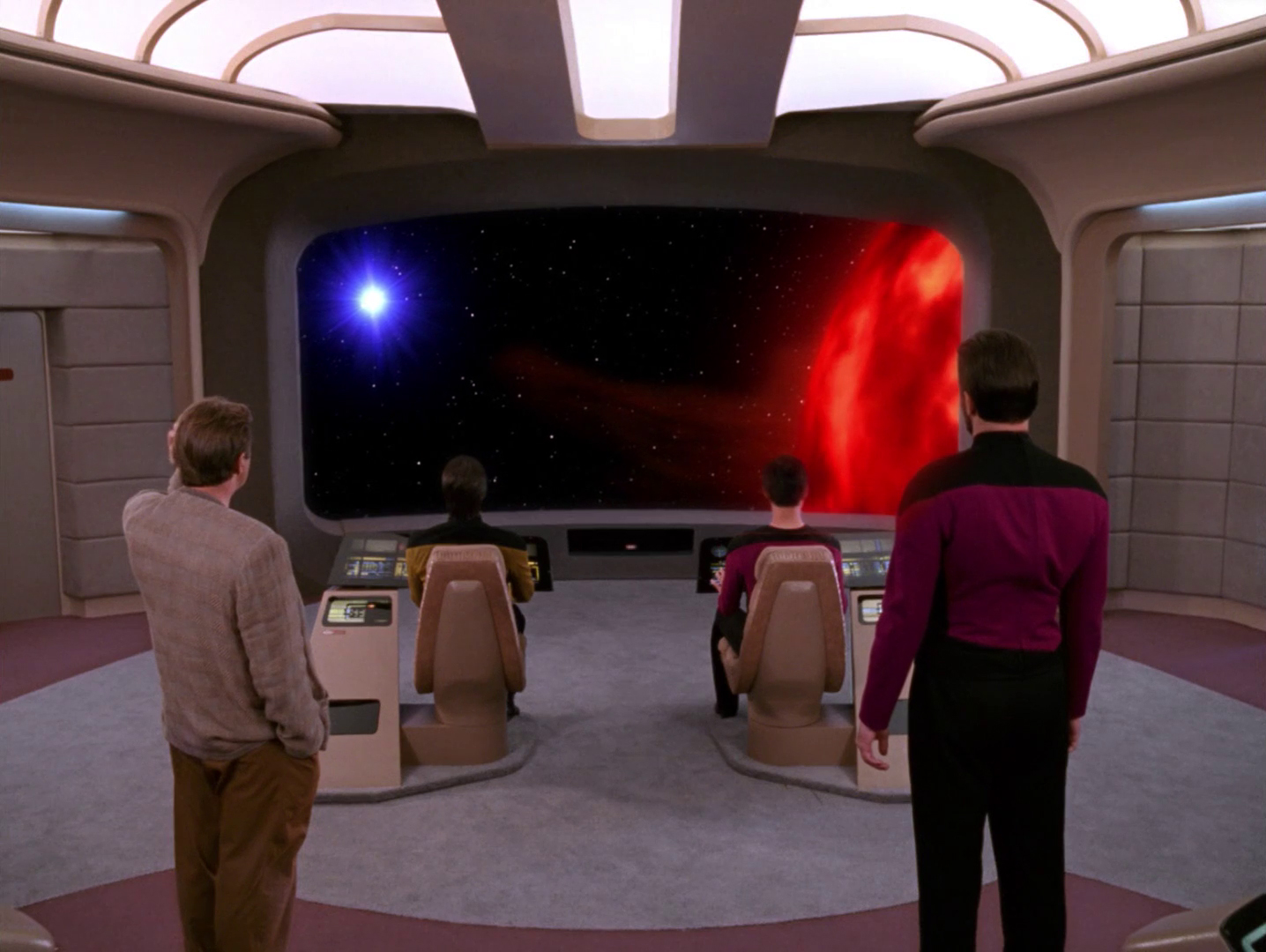
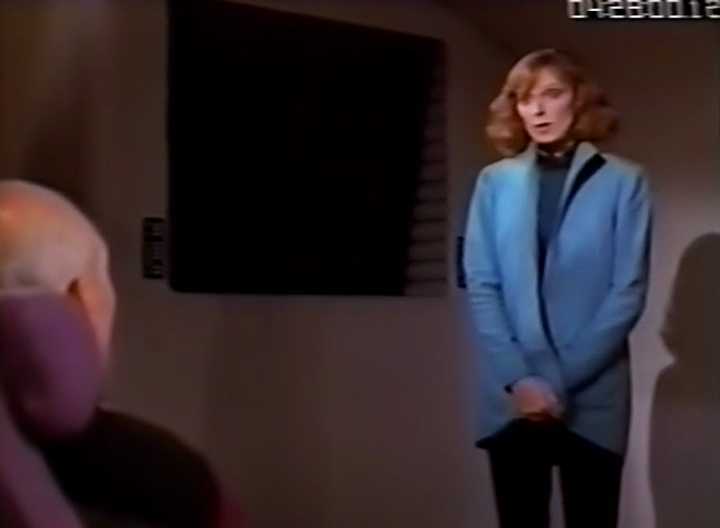
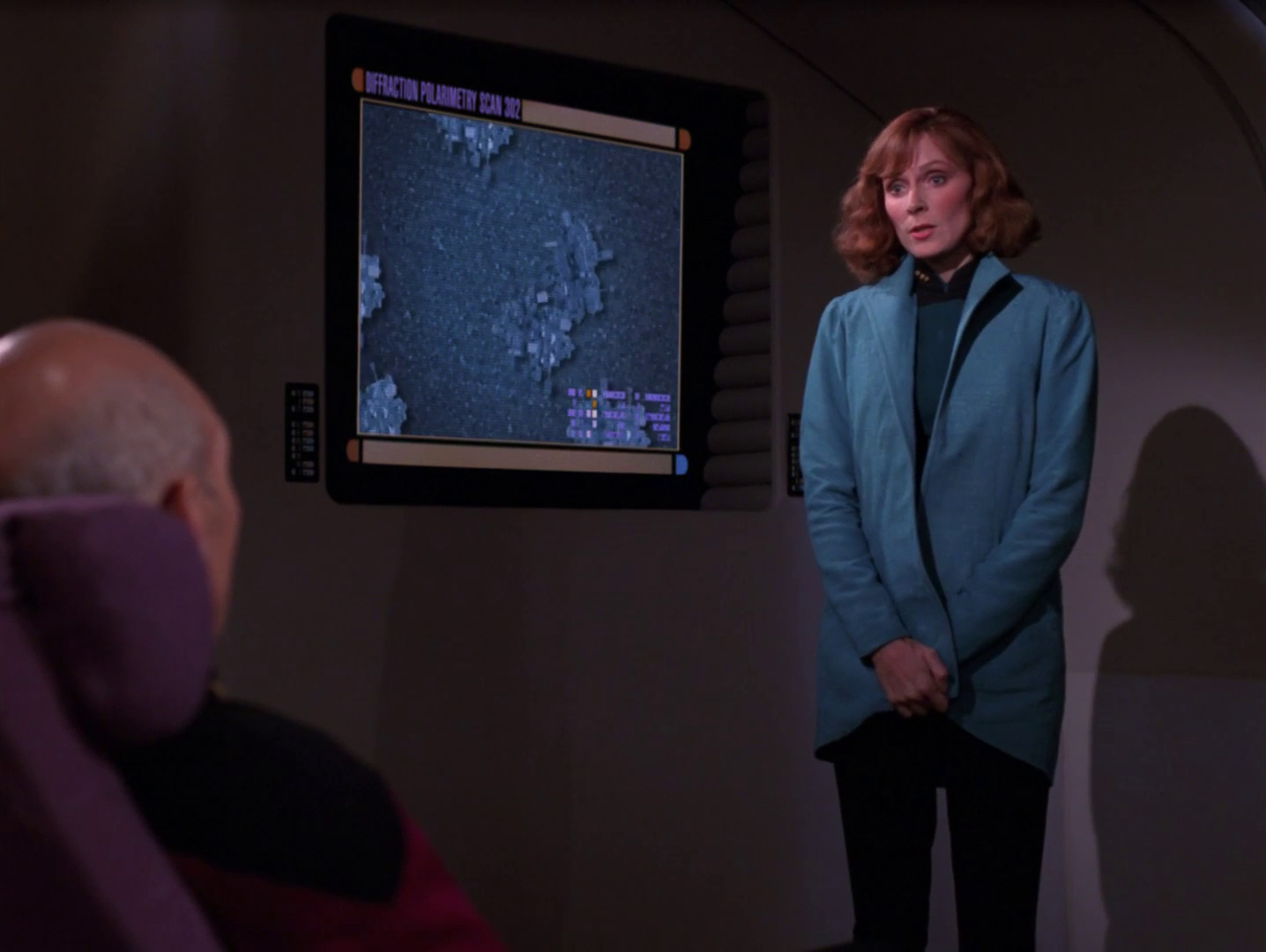
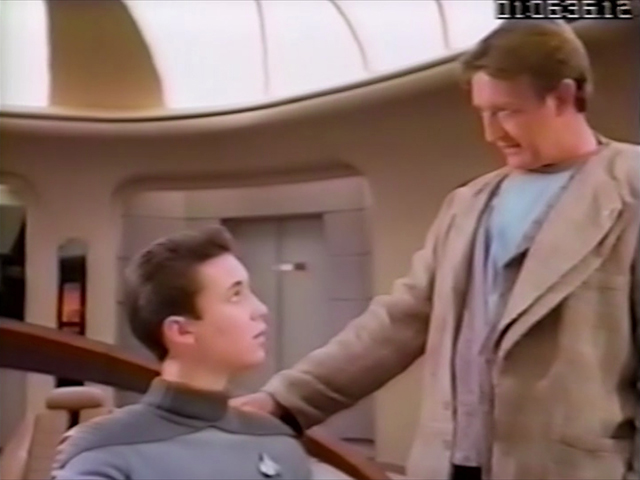
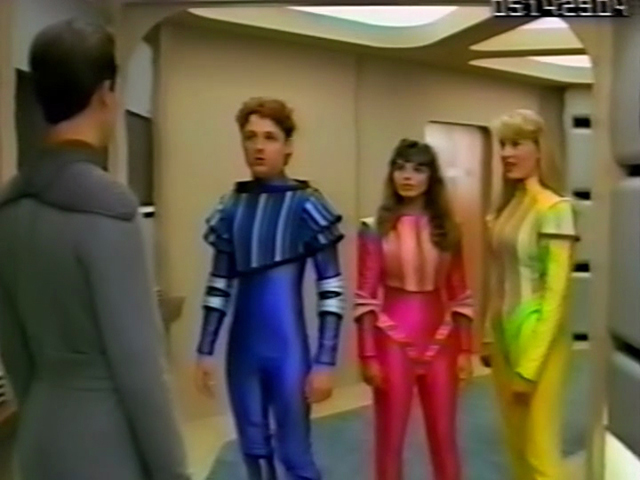
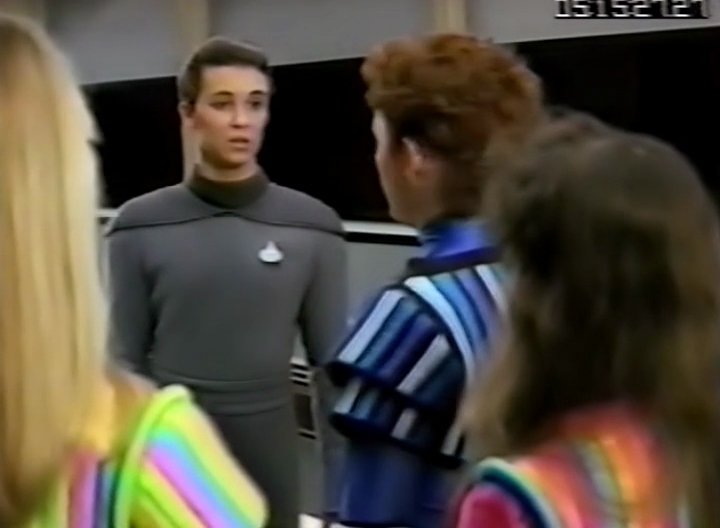
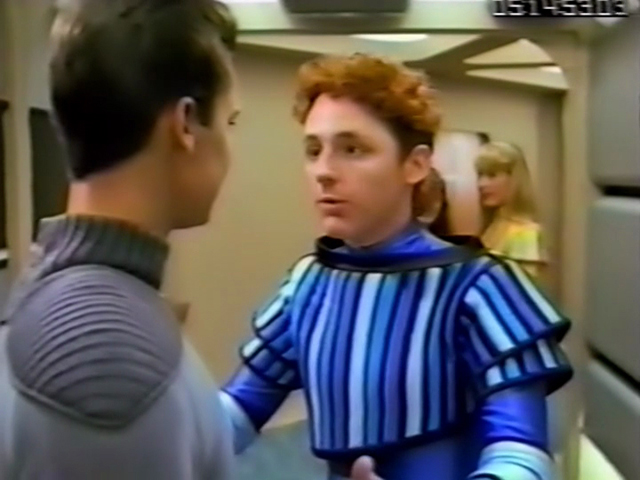
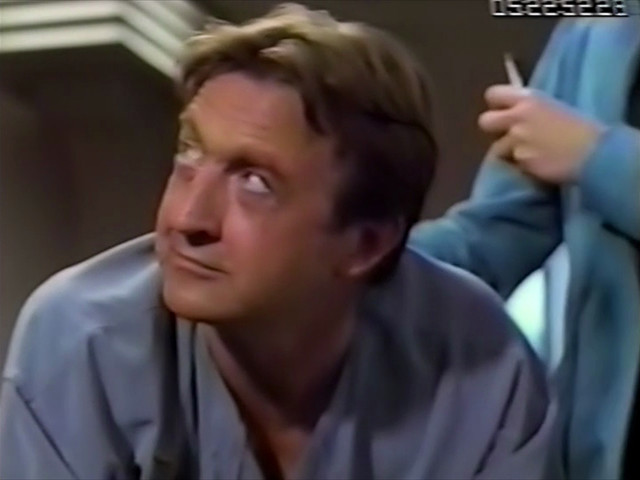
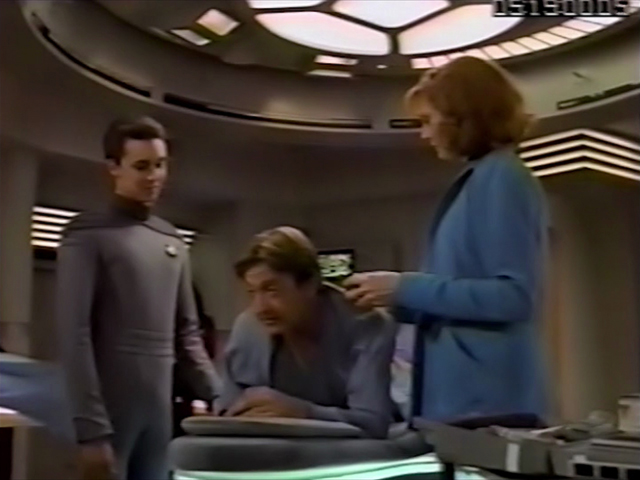
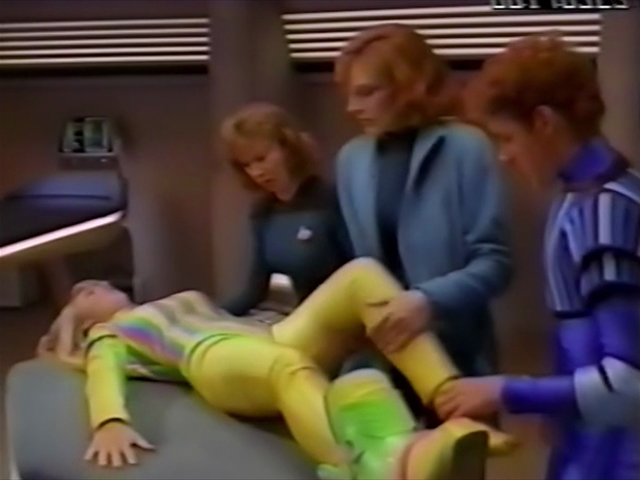
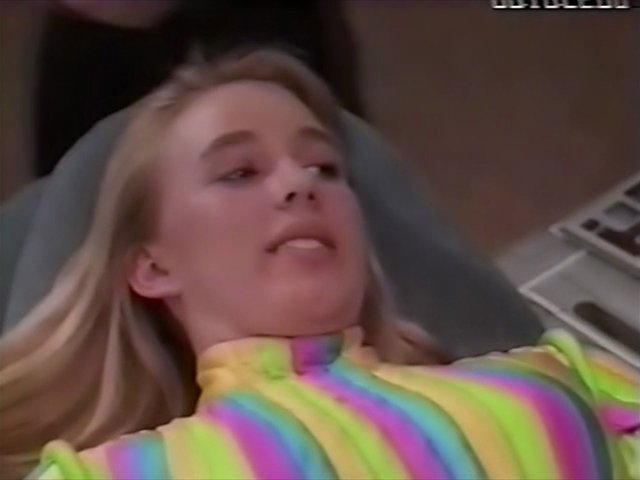
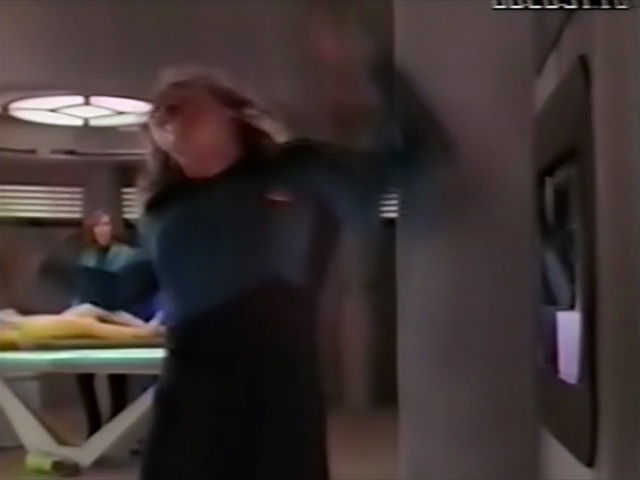
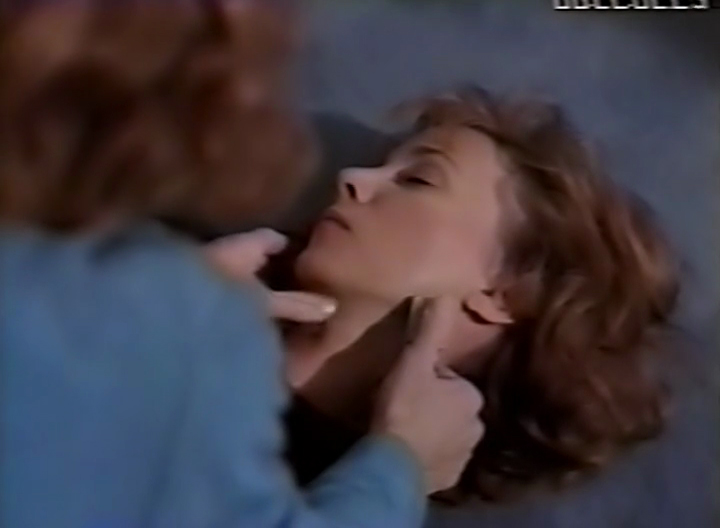
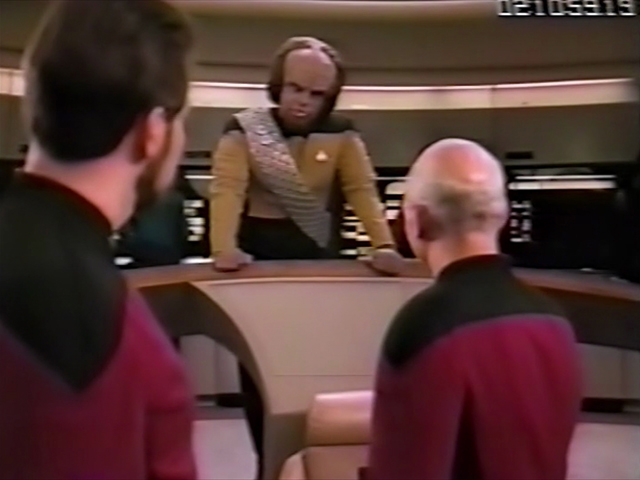

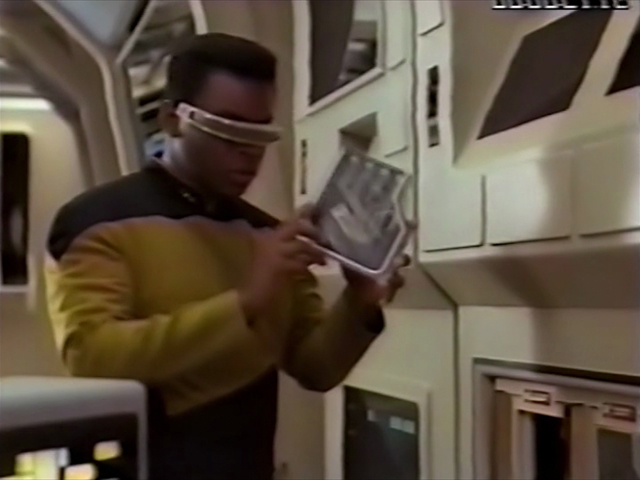
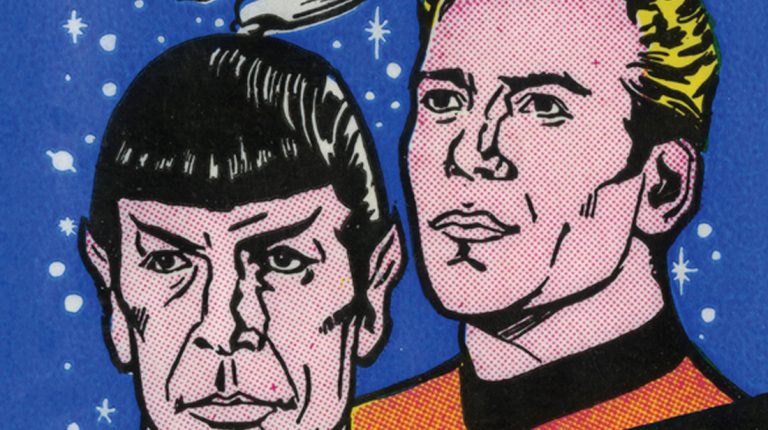
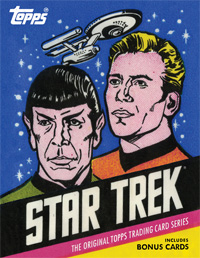
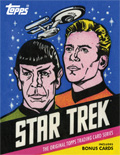
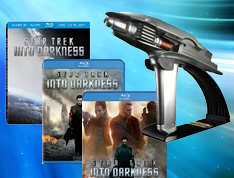



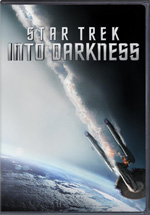
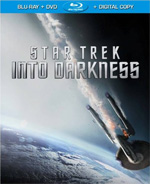
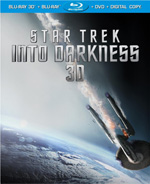
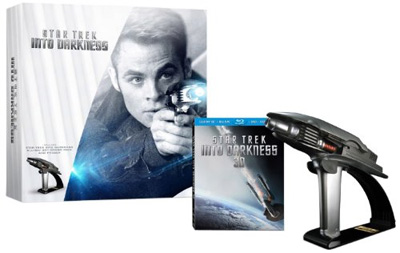
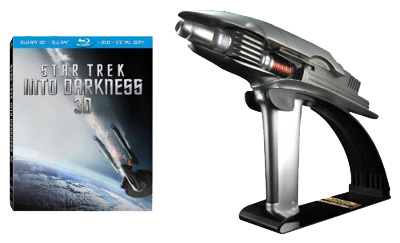
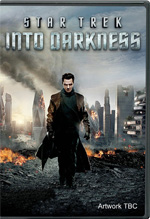
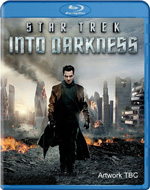
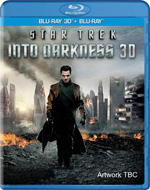
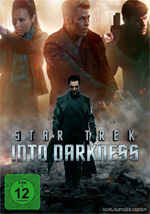
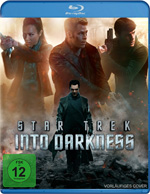
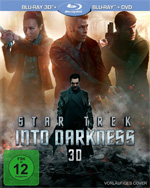


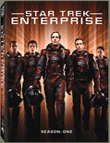
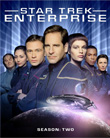

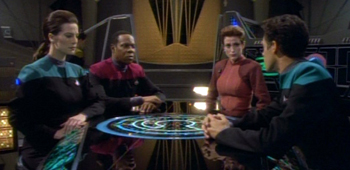
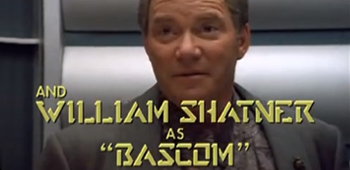
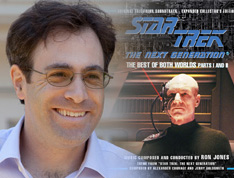

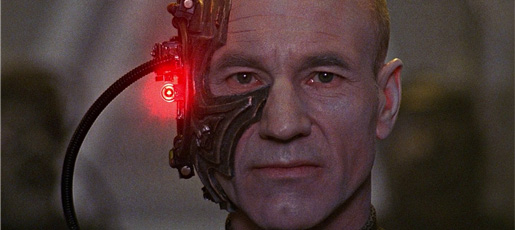
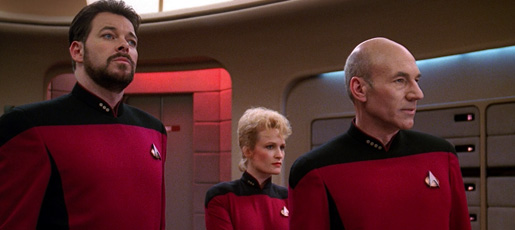
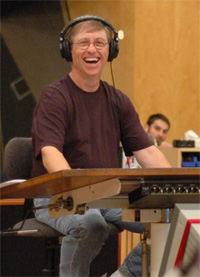
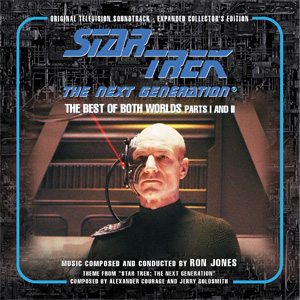


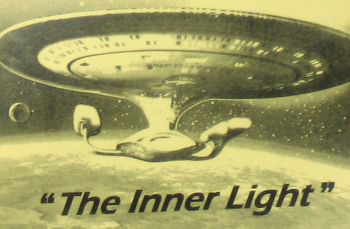
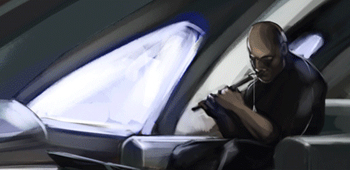
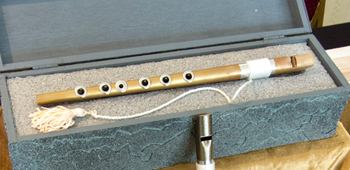
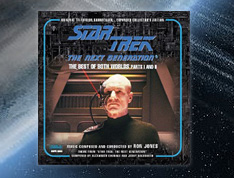
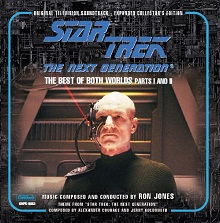 This week soundtrack label GNP Crescendo will release an expanded edition of Ron Jones’ iconic score to “The Best of Both Worlds”, arguably Star Trek: The Next Generation‘s finest two-parter. The soundtrack was initially released over twenty years ago in 1991 as the second official TNG soundtrack album but was missing several cues rendering it incomplete.
This week soundtrack label GNP Crescendo will release an expanded edition of Ron Jones’ iconic score to “The Best of Both Worlds”, arguably Star Trek: The Next Generation‘s finest two-parter. The soundtrack was initially released over twenty years ago in 1991 as the second official TNG soundtrack album but was missing several cues rendering it incomplete.